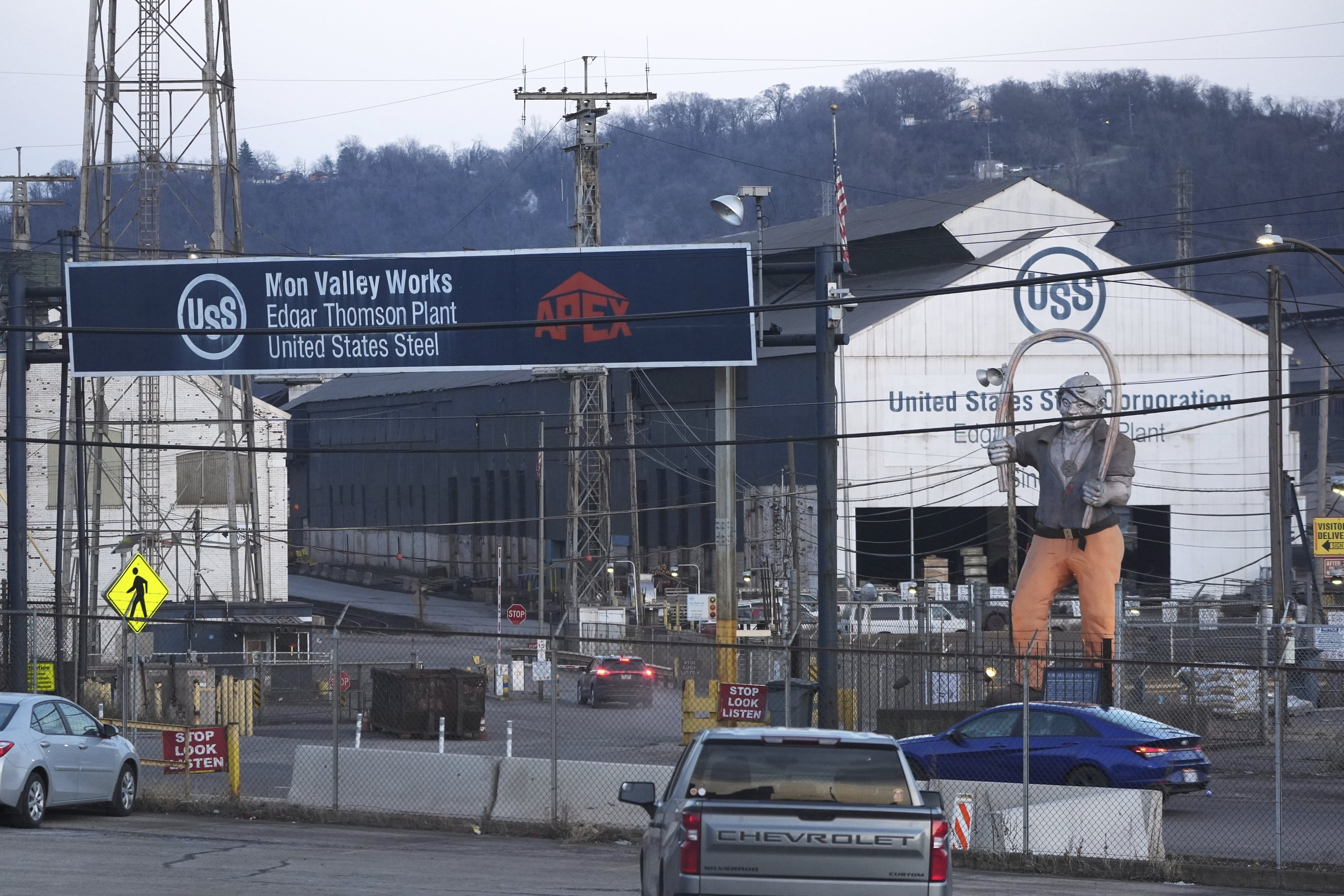The United States is the country that imports the most steel in the world. It buys from 79 states, but its largest suppliers are Canada, Brazil, Mexico, and South Korea. That is why Donald Trump's decision to exclude the 25% tariff on foreign steel and aluminum from his tariff moratorium is causing an earthquake in the global steel industry. The torrent of 26 million metric tons of steel that flows to the US each year will try to find its way into other markets. Everything points to the European Union being one of them, which would increase the risk of oversupply and open a hole in the local industry's waterline .
For Spanish steel companies, sales to the United States represent a source of income of more than 400 million euros . In terms of export percentage, it is minor (3.3%), but in value, it represents "a key business line," according to Unesid, the sectoral association representing giants like Acerinox, ArcelorMittal, Celsa, Tubacex, or Tubos Reunidos. Its general director, Carola Hermoso, celebrates the latest news, the postponement of reciprocal tariffs for 90 days as "a gesture of goodwill" that, she hopes, "will open the doors to negotiations" with the EU on sectoral tariffs, which are still in effect and have led steel companies worldwide to sound the alarm.
"Tariffs have collateral effects that concern us, such as those steel powers redirecting the tons of product they sold to the US to the European Union . That would flood the European market with foreign products and drive prices down, as many of those countries have much lower production costs. It is a disaster guaranteed," she assumes.
Among them, territories like Vietnam or Taiwan, which, precisely, in 2024 increased their sales to the US by 143% and 74.6%, respectively. Hermoso confirms this, stating that there are many territories, mainly in Asia and North Africa, that are investing heavily, where labor costs are much lower and environmental requirements are practically non-existent. "If the European industry stops producing, it will be for others to manufacture the goods that we consume."
Hermoso sees an attraction factor for these countries in the fact that the European Union does not have "significant trade barriers, except, for example, certain anti-dumping controls." Just yesterday, Brussels agreed to also freeze its response for 90 days, including tariffs on US steel and aluminum, despite the White House maintaining that penalty. " The sector's situation is very critical and will worsen with tariffs that distort markets significantly," assumes the Unesid spokesperson, insisting that Trump goes beyond protectionism: "The world has changed, and the EU needs to change its mindset."
A recent report by S&P Global confirms that European producers face "greater risks," despite many opening factories in the US to minimize the impact of the first wave of tariffs imposed by Trump between 2018 and 2019. S&P cites the example of ArcelorMittal, whose management, in the February earnings presentation, drew a parallel with that first round of tariffs, "when the cost impact was estimated at $100 million per quarter ."
"Although tariffs, by themselves, are manageable, they come at a difficult time for European steelmakers, a combination of low prices due to oversupply (especially from China), a huge capital investment linked to sustainability goals, and, for some companies, increasing cost pressures, especially in the energy sector," describes the rating agency.
In a conversation with this newspaper, sources from a national aluminum giant estimate losses at $68 million per year , solely due to the collapse in the price of this raw material since Trump announced his trade offensive. Regarding this, the S&P report assumes that, as with steel companies, "the direct impact of tariffs on European aluminum companies seems manageable (...) however, the greatest risk could come from the destruction of demand and the decrease in volumes in some key markets, such as the automotive industry."
